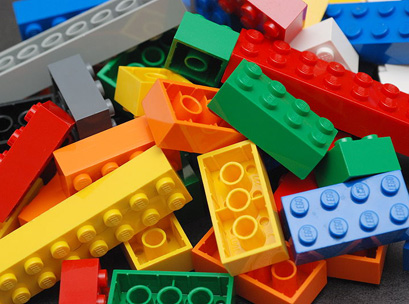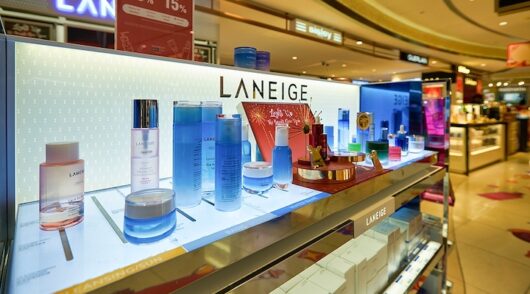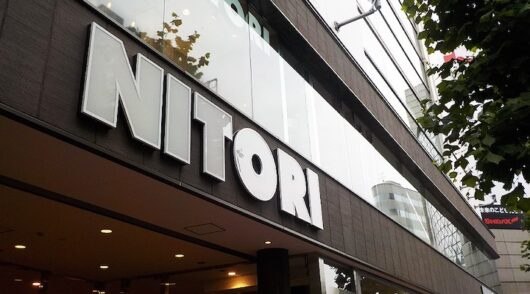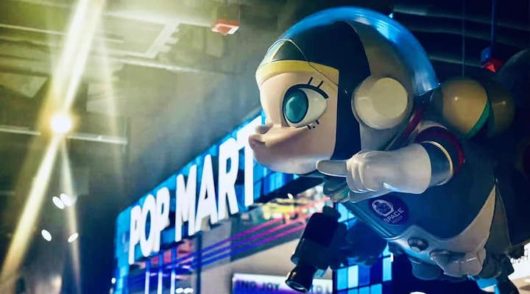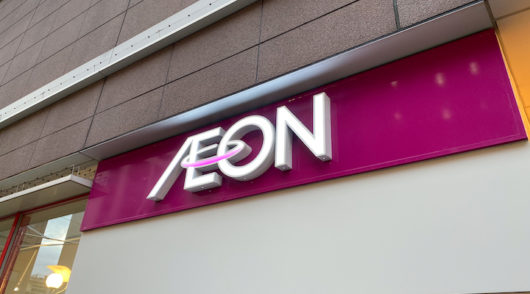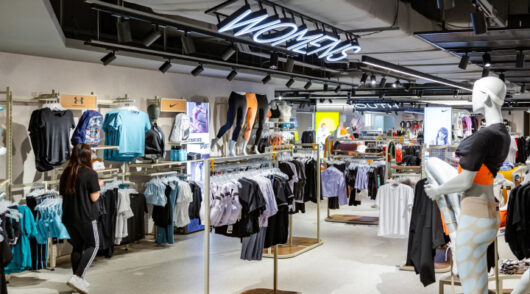When we think of the world’s most innovative retailers, it’s the manufacturer brands that often come to mind.
And it’s the usual suspects that spring to the frontal lobe first.
You know the ones. Apple. Nike.
(Seriously, when did you last go to a retail trends presentation that didn’t mention Apple?)
So I was delighted to be reminded recently of a left field “new retail” success story.
This retailer’s core product is about as analogue as it gets. And you could say that its stores are essentially bricks and no mortar (plastic bricks, actually).
I’m referring, of course, to Lego.
As recently as 2003, Lego was almost broke. The Danish company lost US$300 million that year, and was forecasting a US$400 million loss for 2004.
By more formally structuring its innovation process, and then restructuring its assets, Lego regained control of its destiny.
Launching its own retail stores in 2002 was also about getting back in control.Lego was facing a retail environment where big box toy stores were taking over (and calling the shots) and the mum and dad toy shops were closing fast.
The company desperately needed a retail showcase to engage customers with the full Lego brand experience, or risk being relegated to an inferior position in a third party retail environment and becoming irrelevant.
Today, Lego has more than 75 stores around the world, plus distinctive store in store concepts in department stores and toy retailers.
Walking into one of their shops is like venturing inside a giant yellow Lego brick.All the design cues play off the original brick concept, patented in 1958, down to the circular light fittings.
It’s bright, it’s loud, it’s brilliantly merchandised, and it’s full of kids and kids at heart.The stores may share the same design DNA, but each one is also effectively localised.
So in the New York City Rockefeller Center Lego store, for example, there is a Lego brick replica of the famous Atlas figure set in bronze outside.
The product is also distinctive – Lego stores are the only place where you can buy loose Lego bricks from the colourful rear power wall display, as well as exclusive sets you won’t find anywhere else.
Finally, Lego has worked hard to incorporate digital technology into its stores in a meaningful way.
Hold a pack of Lego up to the Digital Box screen instore, and a 3D version of the finished Lego piece appears on the screen, via augmented reality.
Outside of its own stores, Lego is just as innovative and playful. At the 250 year old Hamleys toy store on Regent St in London, I saw a window display with a larger than life portrait of the Queen constructed entirely out of Lego.
Lego is not just surviving these days, its business is thriving.While the privately-held company does not split out its own retail sales performance, a Wharton University article reported that sales have increased an average of 24 per cent annually and profits up 41 per cent over the last three years.
Lego is now the third biggest manufacturer of play materials on the planet. Not bad for an analogue brand that should be decidedly out of favour in a digital world.
There are many lessons to be learned from Lego.
From a retailer’s perspective, it’s about how you celebrate and ‘hero’ your icon product, how you engage the customer with the best possible brand experience in store, how you make your physical retail offer compelling with exclusive product, and how you integrate digital technology in store.
Lego is another great benchmark in a changing retail landscape.
Jon Bird is CEO of specialist retail marketing agency IdeaWorks and chairman of Octomedia, publisher of Inside Retail. Email: jon.bird@ideaworks.com.au Blog: www.newretailblog.com Twitter: @thetweetailer

